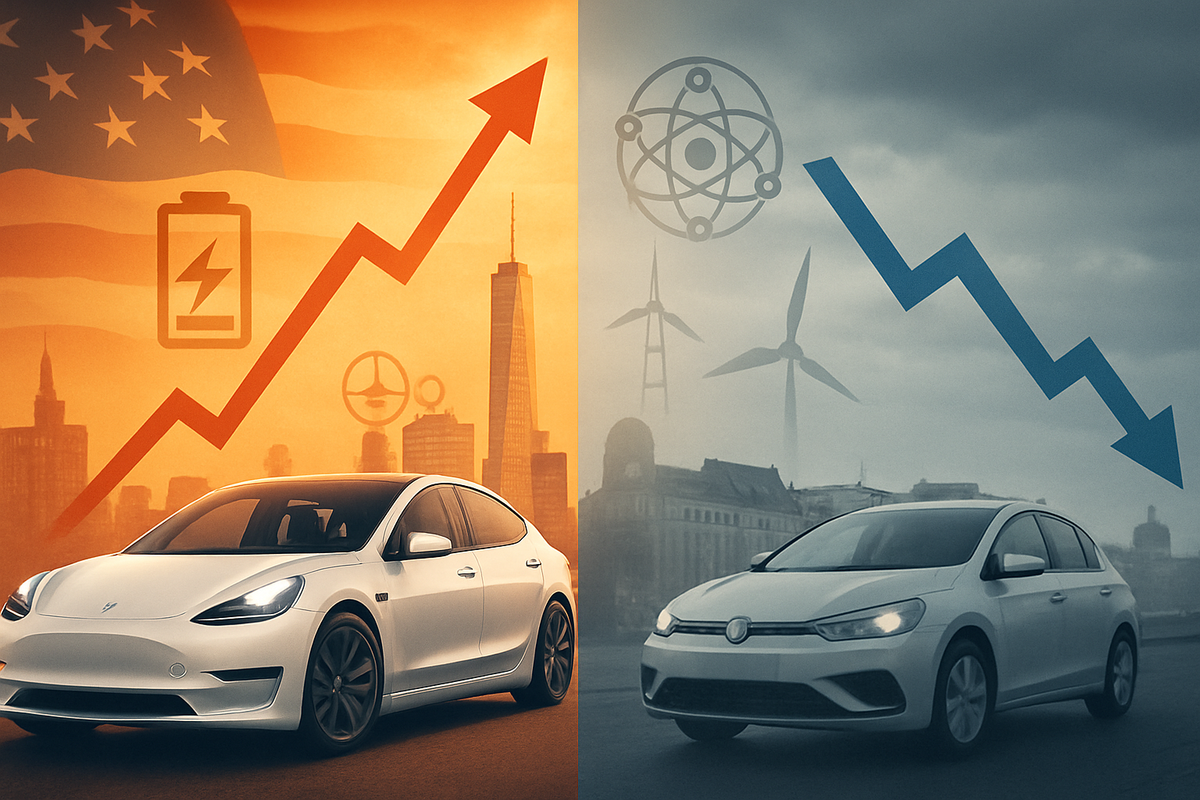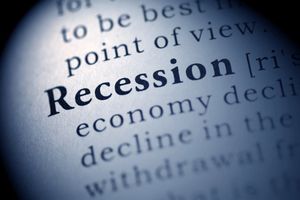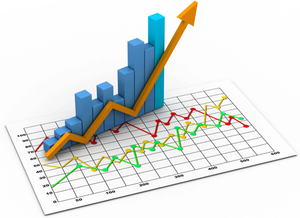
Tesla (NASDAQ: TSLA) has concluded Q3 2025 with a striking dichotomy in its global delivery performance, reporting record-breaking global vehicle deliveries of 497,099 units. This impressive figure, which significantly outpaced Wall Street's consensus estimates, was overwhelmingly propelled by a surge in US sales, largely attributed to a consumer rush to capitalize on federal EV tax credits before their September 30 expiration. However, this domestic triumph casts a long shadow over the continued and pronounced weakness in the European market, where the electric vehicle (EV) giant continues to face formidable headwinds.
The immediate implications of this bifurcated performance are profound. While the robust US demand underscores the power of government incentives in driving EV adoption, it also raises questions about the sustainability of this growth in a post-incentive landscape. Conversely, the persistent struggles in Europe highlight intensifying competition, regional market complexities, and potential challenges in product appeal, signaling a need for strategic recalibration in a crucial global market. This uneven growth trajectory sets the stage for a period of intense scrutiny for Tesla and reverberates across the entire EV ecosystem, from battery metal suppliers to competing automakers and energy infrastructure providers.
Detailed Coverage: A Quarter of Records and Regional Disparities
Tesla's Q3 2025 delivery report painted a picture of remarkable achievement tempered by regional challenges. The company delivered 497,099 vehicles globally, marking a 7.4% year-over-year increase from Q3 2024 and a significant rebound from the preceding quarter. The Model 3 sedan and Model Y crossover were the primary drivers, collectively accounting for 481,166 deliveries and comfortably exceeding analyst projections. This strong performance was a testament to Tesla's manufacturing capabilities and, critically, the catalytic effect of the $7,500 federal EV tax credit in the United States. Analysts, such as Gene Munster of Deepwater Asset Management, suggested that this expiring incentive was responsible for the "vast majority (90%+) of the upside" in Q3 deliveries, creating a "pull-forward" effect as consumers hastened purchases.
However, the narrative shifted dramatically when looking across the Atlantic. Europe remained a persistent weak spot for Tesla, with August 2025 sales in the region, including the UK, plummeting by 22.5% year-over-year. This marked the eighth consecutive month of declining sales, leading to a reduced market share of just 1.5%. Significant drops were observed in key markets like France (-47%), Sweden (-84%), and Denmark (-42%). Several factors contributed to this slump, including aggressive promotions of plug-in hybrids by competitors, growing inroads by Chinese EV brands like BYD (HKG: 1211), which even surpassed Tesla in EU sales during August, and some commentary pointing to a decline in consumer sentiment linked to CEO Elon Musk's public political endorsements. Despite overall European weakness, there were some late Q3 indications of a potential rebound, particularly in September, driven by the refreshed Model Y ("Project Juniper") and increased efficiency from Gigafactory Berlin-Brandenburg.
Initial market reactions to Tesla's Q3 delivery announcement were a mix of immediate optimism for the numbers themselves and underlying caution regarding future demand. While some firms like Deutsche Bank and Piper Sandler revised their forecasts upwards, many analysts voiced concerns about the sustainability of demand in Q4 2025 and beyond, particularly in the US, given the expiration of the federal tax credit. Morningstar's Seth Goldstein projected a Q4 sales decline "largely due to the US tax credit expiration," highlighting the critical role incentives played in Q3's success. This apprehension was reflected in Tesla's stock, which experienced a slight decline after the announcement despite beating estimates, indicating investor focus on future demand trends.
Winners and Losers: A Shifting Landscape
Tesla's Q3 performance creates a ripple effect, delineating clear winners and those facing increased pressure across the automotive and energy sectors.
On the winning side, companies involved in the battery supply chain are poised for continued demand. The overall growth in global EV sales, bolstered by Tesla's strong Q3, ensures a robust appetite for critical battery metals. Lithium producers such as Albemarle (NYSE: ALB), SQM (Sociedad Química y Minera de Chile), Ganfeng Lithium, and Tianqi Lithium will see sustained demand, especially as global electrification efforts intensify. Similarly, nickel producers like Vale (NYSE: VALE), Glencore (OTC:GLNCY), and BHP Group (ASX:BHP) will benefit from the push for high-energy-density batteries required for longer-range EVs. Even cobalt suppliers like Glencore and China Molybdenum will experience steady demand, as cobalt remains a vital component in many high-performance battery chemistries, despite ongoing efforts to reduce its content.
Battery manufacturers are also clear beneficiaries. Key Tesla suppliers like Panasonic (OTC:PCRFY), alongside industry giants such as CATL and LG Energy Solution (KRX: 373220), will see increased orders and production volumes. CATL, as the world's leading EV battery manufacturer, continues to partner with major automakers, while LG Energy Solution supplies batteries to a broad spectrum of global players. The expanding EV fleet, particularly in the US, also translates to greater utilization and demand for new installations from charging infrastructure providers like ChargePoint (NYSE: CHPT) and EVgo (NASDAQ: EVGO). Tesla's own Supercharger network is also set to benefit.
Conversely, Tesla itself faces challenges in Europe, where its continued sales decline impacts its regional market share and overall global growth trajectory. This weakness provides an opening for other EV manufacturers actively competing in the European market, particularly established European players and increasingly aggressive Chinese brands like BYD. While Tesla's US success indicates robust EV adoption, other legacy automakers that are slower to scale their EV production or offer less compelling models in the US could lose market share. However, the market is diversifying, and companies like Ford (NYSE: F) and General Motors (NYSE: GM) are making strides, with Ford aggressively pursuing its EV strategy and GM focused on execution and affordability with its Ultium platform. Volkswagen (XTRA: VOW3), a major player in Europe, aims to capitalize on the region's EV growth, but must contend with the same Chinese competitive pressures that are challenging Tesla.
Wider Significance: Industry Trends and Ripple Effects
Tesla's Q3 2025 performance is more than just a company-specific event; it underscores several broader, critical trends shaping the global EV industry.
Firstly, it highlights the regional divergence in EV adoption and market dynamics. The stark contrast between booming US sales and struggling European figures illustrates how varying consumer preferences, competitive landscapes, and regulatory environments profoundly influence market outcomes. While China remains the dominant global EV market, the US is rapidly accelerating, often fueled by incentives, while Europe navigates a more complex, multi-faceted competitive environment.
Secondly, the quarter's results emphasize intensifying competition across the board. In Europe, the rise of Chinese rivals like BYD and the aggressive push by traditional automakers with their own EV and plug-in hybrid offerings are fragmenting the market. In the US, while Tesla remains a leader, increasing competition from Ford, General Motors, Rivian (NASDAQ: RIVN), and other legacy players means that market dominance is becoming harder to maintain. This competitive pressure is leading to pricing adjustments and a greater focus on product diversification and affordability.
Thirdly, there's a discernible shift towards LFP (Lithium Iron Phosphate) batteries in the industry, particularly for more affordable and standard-range models. Tesla and Ford have already integrated LFP batteries into some vehicles, and Volkswagen plans widespread adoption by 2026. This trend has implications for battery metal demand, potentially moderating the need for cobalt and nickel in certain chemistries while bolstering demand for lithium and iron. This strategic shift is driven by cost-effectiveness and improved safety profiles.
Finally, the strong demand, particularly in the US, continues to accelerate the need for enhanced charging infrastructure and grid stability. The transition to electric transportation puts increasing demands on electricity grids, necessitating investments in smart grid management and renewable energy integration. Tesla's own energy division, offering Powerwall and Megapack systems, stands to benefit from this broader trend towards energy storage solutions. The expiration of the US federal tax credit also serves as a critical regulatory inflection point, demonstrating how policy can create significant market fluctuations, with a short-term demand surge followed by a potential slowdown. Historically, similar incentive programs in various countries have shown comparable "pull-forward" effects followed by demand dips.
What Comes Next: Navigating a Dynamic Future
Looking ahead, Tesla and the broader EV market face a period of both significant opportunity and considerable challenge.
In the short-term, Tesla's US market is expected to experience a slowdown in Q4 2025 and potentially into early 2026, as the "pull-forward" effect of the expiring $7,500 federal EV tax credit dissipates. Analysts widely anticipate a dampening of demand without this significant incentive. Tesla's lease prices have already increased post-credit, reflecting this shift. In Europe, the immediate challenge for Tesla is to stem the sales decline and regain market share amidst fierce competition. This might require more aggressive localized marketing, pricing adjustments, and potentially a quicker refresh cycle for its European models.
For the long-term, Tesla's sustained growth in the US will likely depend on the successful introduction of more affordable models, such as a cheaper version of the Model Y slated for 2026. Beyond vehicles, Tesla's ambitious bets on AI, robotaxi services, and humanoid robots remain critical to its long-term valuation and vision as a broader technology company. In Europe, despite current struggles, the EU Battery Electric Vehicle (BEV) market is projected for continued growth, driven by stringent CO2 emission targets and the 2035 ban on new internal combustion engine (ICE) vehicle sales. Tesla's ability to capitalize on this long-term trend will require strategic pivots, including potentially diversifying its product offerings to better suit European preferences and strengthening its localized production and supply chains.
Strategic pivots for Tesla will likely include aggressive pricing strategies, especially in the US post-tax credit, and a renewed focus on localized production and marketing in Europe. Accelerating the ramp-up of new products like the Cybertruck and Tesla Semi will also be key. The company must also demonstrate tangible progress and commercial viability in its AI and robotics ventures to maintain investor confidence. For the EV sector as a whole, market opportunities lie in continuous technological advancements in battery chemistry, global decarbonization policies, expanding charging infrastructure, and the immense potential of emerging markets. However, significant challenges persist, including achieving affordability and price parity with ICE vehicles, overcoming infrastructure gaps and range anxiety, navigating intense competition and potential pricing wars, and mitigating the impact of economic headwinds and regulatory inconsistencies.
Wrap-Up: Key Takeaways and Investor Focus
Tesla's Q3 2025 delivery performance offers a compelling snapshot of a global EV market in rapid flux. The record US sales, significantly bolstered by expiring tax credits, underscore the potent influence of government incentives on consumer behavior and market acceleration. Yet, the persistent weakness in Europe highlights the growing complexities of regional competition, product relevance, and the impact of broader geopolitical and social factors.
Moving forward, the market will assess Tesla's ability to navigate the post-tax credit environment in the US, where a demand slowdown is widely anticipated for Q4 2025. Its success in reversing the European sales slump will also be a critical indicator of its global adaptability and competitive resilience. The broader EV market faces a pivotal period, balancing technological innovation and policy support against challenges like affordability, infrastructure development, and intensifying competition.
Investors should closely monitor several key factors in the coming months. These include Tesla's Q4 2025 performance as the full impact of the US tax credit expiration becomes clear, and any signs of a turnaround in its European operations. Watch for the rollout of more affordable EV models across the industry, which is crucial for expanding market penetration. Supply chain dynamics, particularly for battery raw materials, will remain a critical area, as will the ongoing competition and pricing strategies adopted by major players. Finally, continued developments in charging infrastructure and the commercialization of Tesla's non-automotive ventures (AI, robotics) will be important signals for long-term growth and valuation. The EV journey is far from linear, and adaptability will be the defining characteristic of success in this dynamic landscape.
This content is intended for informational purposes only and is not financial advice.






